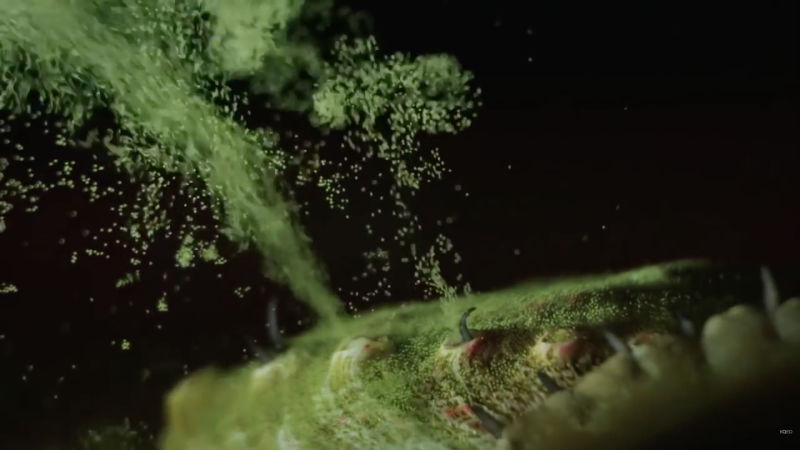When the female abalone is ready to reproduce, she shoots long bursts of eggs from her respiratory hole. The male releases curlicues of sperm, which then swim around to find the eggs.
Problem is, the increasing acidity in the ocean may be slowing the sperm down, say researchers at the Monterey Bay Aquarium Research Institute.
“The ocean critters out here,” says Jim Barry, a Senior Scientist at the Institute, “are faced with a faster and larger change in ocean chemistry than they’ve seen for 30 to maybe 300 million years, through much of their evolutionary history.”
Barry and researcher Charles Boch are looking at whether ocean acidification interferes with ability of abalone to reproduce. And they’re finding that acidic waters significantly reduce the rate of abalone fertilization.
Abalone are an important source of food for sea otters, who in turn help keep kelp forests in balance.
